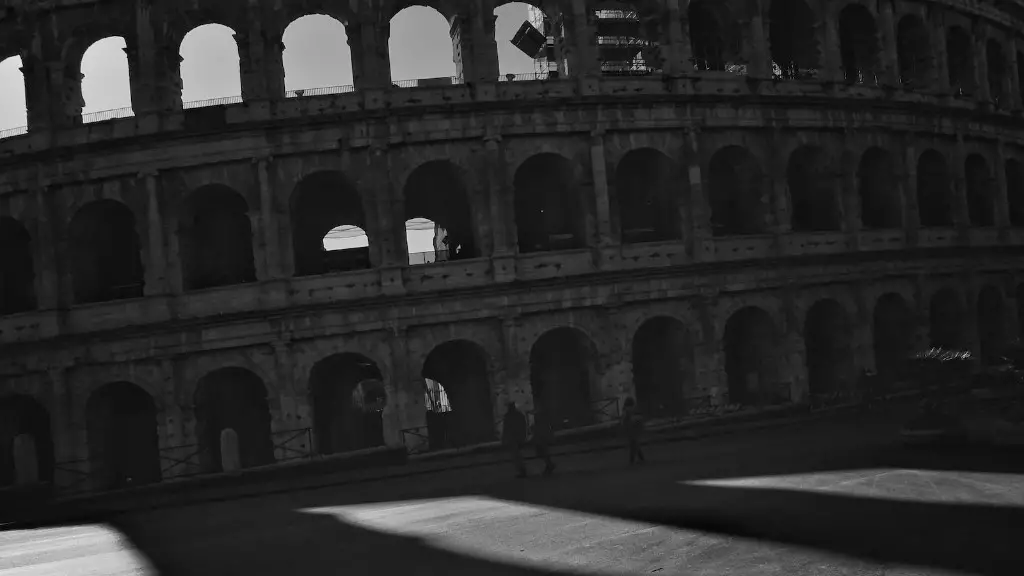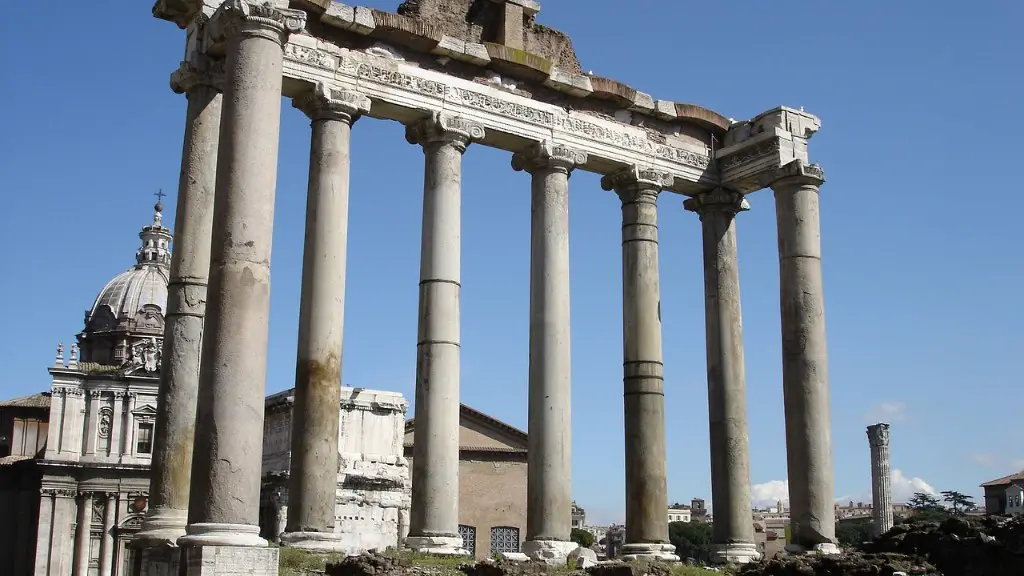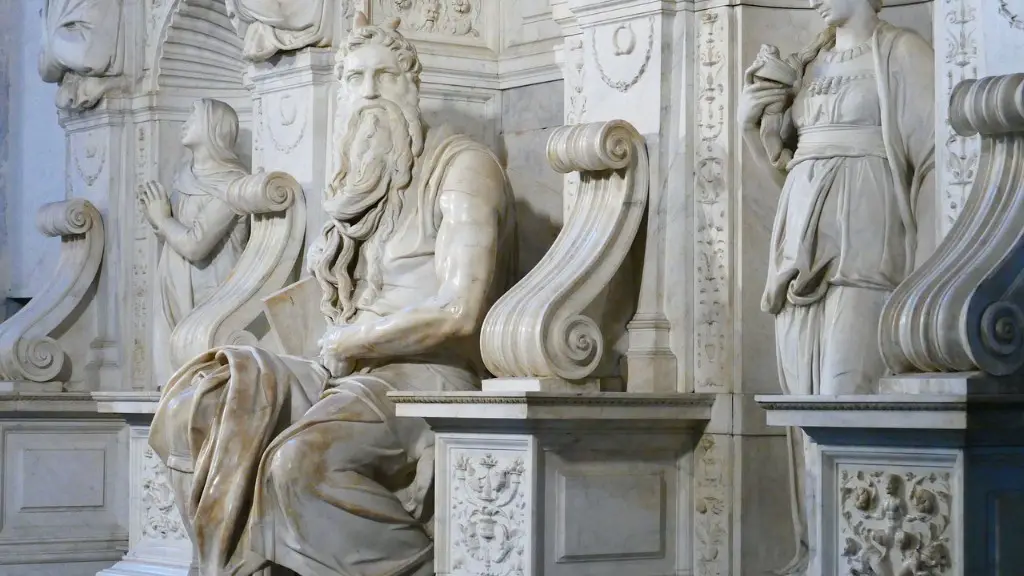The expansion of ancient Rome was greatly impacted by geography. Rome is located in the Italian peninsula, which made it easy to expand into neighboring territories. The Mediterranean Sea also played a role in Rome’s expansion, as it allowed for trade and travel. Additionally, the Alps served as a barrier, protecting Rome from invaders.
The ancient Roman Empire was one of the largest empires in world history. At its height, the empire encompassed most of Europe, North Africa, and the Middle East. Its expansion was largely due to its favorable geography. Rome was centrally located in the Mediterranean region, making it easy to expand its territory by sea. Additionally, the empire was bounded by natural barriers, such as the Alps, which made it difficult for enemies to invade.
What are 3 ways that physical geography affected the rise of Roman civilization?
The soil and climate in Rome was very good for growing olives and grains. This allowed them to produce a surplus of food, which allowed their population to grow. The trade in olives and olive oil was also a big part of their economy and helped it to expand.
Volcanic soil is particularly good for agriculture since it is rich in nutrients and minerals. The Po and Tiber River valleys in Italy are prime examples of this, as they have been able to support large populations of people due to the fertile land. New settlers were attracted to Rome specifically because of its agricultural potential, and the Roman population grew quickly as a result. However, this growth eventually led to overproduction of grains, olives, and other cash crops, which caused some economic problems.
How did its geography continue to the rise of Rome
The mild climate in Rome allowed for farmers to grow wheat, grapes, and olives. This abundance of food supported the population and allowed Rome to prosper. While the climate made year-long agriculture possible, Rome also had the advantage of being near water. The Tiber River helped the agricultural system to prosper.
Rome was founded in 753BC by the twin brothers Romulus and Remus. It grew to become one of the largest and most powerful empires in history. The Roman Empire was, at its height, the largest contiguous land empire in history and one of the most powerful empires of all time. It was ruled by a series of emperors and had a complex social hierarchy. The Roman Empire was characterized by a number of impressive achievements including engineering feats, a system of law and governance, and its impact on Western culture.
How did geography affect the development of Rome quizlet?
Rome’s location on the Tiber River was instrumental in its development, as it allowed for easy trade and transportation of goods between northern and southern Italy. Additionally, the city’s location on steep hills made it easy to defend against enemy attacks.
Rome’s location played a significant role in its origins and expansion. The Tiber river allowed access to the Mediterranean, but it was far enough inland that it protected Rome from invasions. The peninsula of Italy allowed trade and transportation to be easy, which helped Rome to become a major center of trade. Rome’s location also made it a natural hub for transportation and communication, which facilitated its expansion.
What is Roman contribution to geography?
Eratosthenes was a Greek mathematician, geographer, and poet who lived in the third century BC. He is best known for his work on the circumference of the Earth, which he calculated to be 250,000 stadia. He also made an attempt to divide the Earth into climatic zones, and his description of the Caspian Sea was very accurate.
The Alps are a mountain range that extends across much of Europe, and the Apennines are a mountain range that extends across the Italian peninsula. These mountain ranges provided protection for Rome during the early days when Rome was growing and developing an army. Rome was also in a central location in the Mediterranean region, which was advantageous for trade and commerce.
In what ways did Rome’s geography help it grow quizlet
Rome’s location was a major factor in its growth. It was situated on major trade routes, and had hills that protected the city from attack. Additionally, its location on the Tiber River gave it access to the Mediterranean Sea. This access allowed Rome to become a major maritime power, which further contributed to its growth and prosperity.
The Roman Empire was built on a foundation of military expansion and economic development. By extending citizenship to many of the people it conquered, Rome was able to gain an empire. This military expansion drove economic development, bringing enslaved people and loot back to Rome, which in turn transformed the city of Rome and Roman culture.
What was the geographical expansion of the Roman Empire?
The Romans were a dominant force in the Mediterranean and Europe for centuries. They conquered the Italian peninsula and expanded their empire to include the entire Mediterranean basin. They also expanded their empire into continental Europe. Under Pompey the Great and Julius Caesar, Rome’s influence was extended over Syria, Jerusalem, Cyprus, and Gaul.
The quality of the soil in the Po and Tiber River Valleys allowed the Roman Empire to grow a variety of crops, including olives and grains. This surplus of food allowed the empire to feed its population and engage in trade with other societies. The empire also used the resulting wealth to expand its military strength.
What was the geographical extent of the Roman Empire
The capital city of the Roman Empire was Rome in modern-day Italy. However, the Roman Empire’s Geography stretched all the way from England to Egypt, and in between: the Mediterranean basin. Different areas of the Roman Empire, eg Europe, Northern Africa, and Western Asia, were ruled by different emperors.
Rome was able to grow and dominate the known world due to several geographic advantages. The city was protected from invasion by two mountain ranges, the Alps and the Apennines. Additionally, the land around Rome was fertile and the city was a center of trade. Finally, the population of Rome was diverse, which helped the city to thrive.
What are three ways that physical geography affected the rise of Roman civilization quizlet?
The rise of Roman civilization was greatly aided by its geography. Rome was centrally located in the Mediterranean, making it a prime spot for trade and travel. Additionally, the region around Rome was very fertile, making it possible for the Romans to grow their own food and become self-sufficient. Finally, the Italian peninsula was surrounded by water on all sides, which made it difficult for invaders to attack.
City states developed in Greece because of the physical geography of the country. The mountains, islands, and peninsulas made communication difficult, which led to the development of independent city-states. The geography also affected the crops and animals that farmers raised in the region.
What are three main factors that led to the rise of Rome
Rome became the most powerful state in the world by the first century BCE through a combination of military power, political flexibility, economic expansion, and more than a bit of good luck. The Roman state was able to adapt to changing circumstances and take advantage of opportunities as they arose, which allowed them to steadily grow in power. This, combined with a strong military and a booming economy, made Rome a force to be reckoned with by the first century BCE.
Rome’s location on the Tiber River made transportation of goods between northern and southern Italy easier, and the location across steep hills made it easier to defend against enemy attacks.
Conclusion
Geography played a significant role in the expansion of ancient Rome. Rome was situated in a strategic location that allowed it to easily expand its territory. The Italian peninsula was surrounded by the Mediterranean Sea, which made trade and communication with other cultures easier. Rome also had access to other landmasses, such as Europe and Africa, which allowed for further expansion. Additionally, the varied geography of Rome, with its mountains, plains, and coastline, made it a more appealing place to live, and thus more people were drawn to the region. As Rome continued to grow, its geographical advantaged helped to further its expansion.
The expansion of ancient Rome was greatly impacted by its geography. Rome was located in the middle of the Mediterranean region, which gave it easy access to many other cultures and countries. Additionally, the Mediterranean region had a lot of trade activity, which allowed Rome to become a very wealthy and powerful country.





